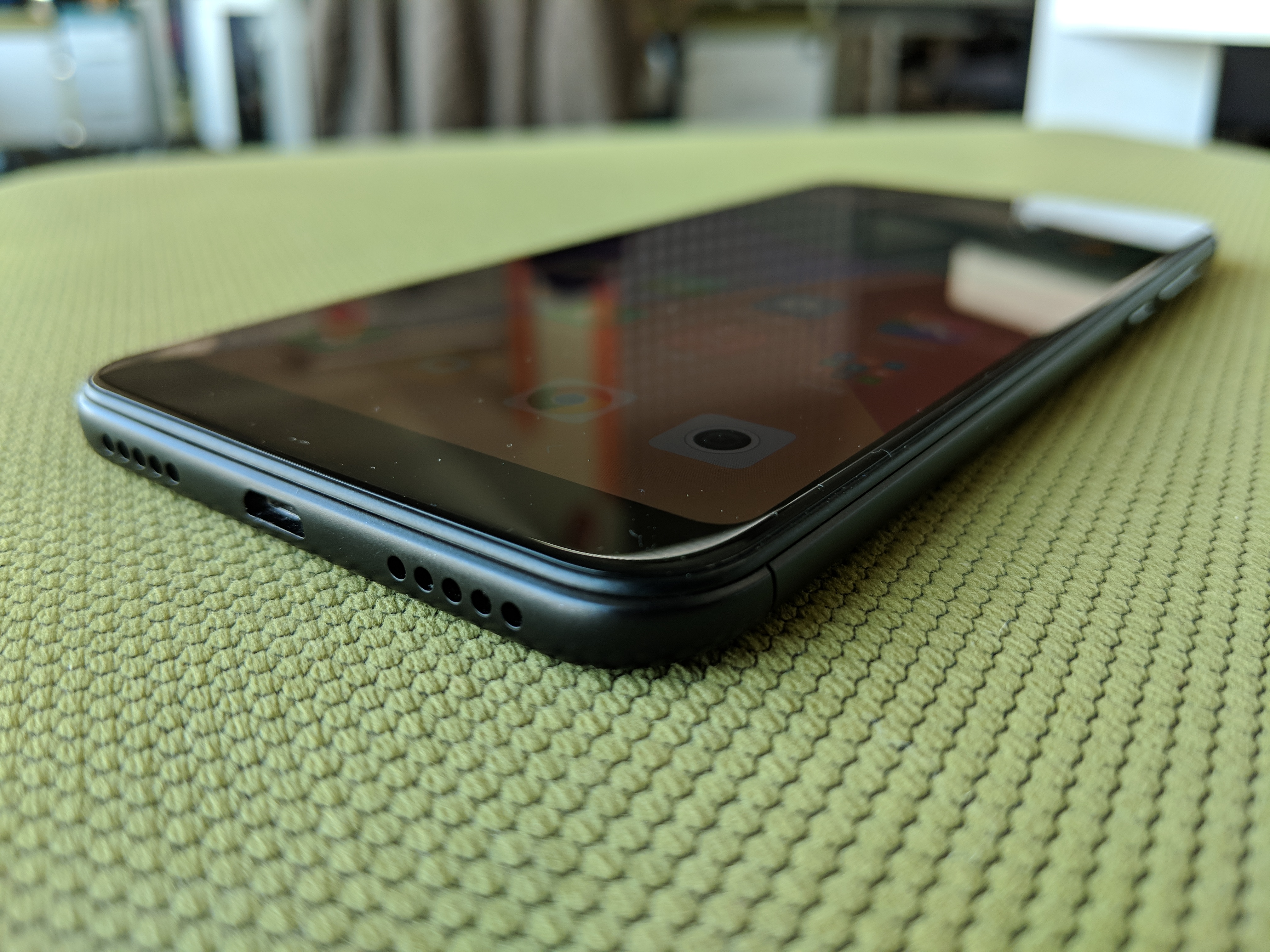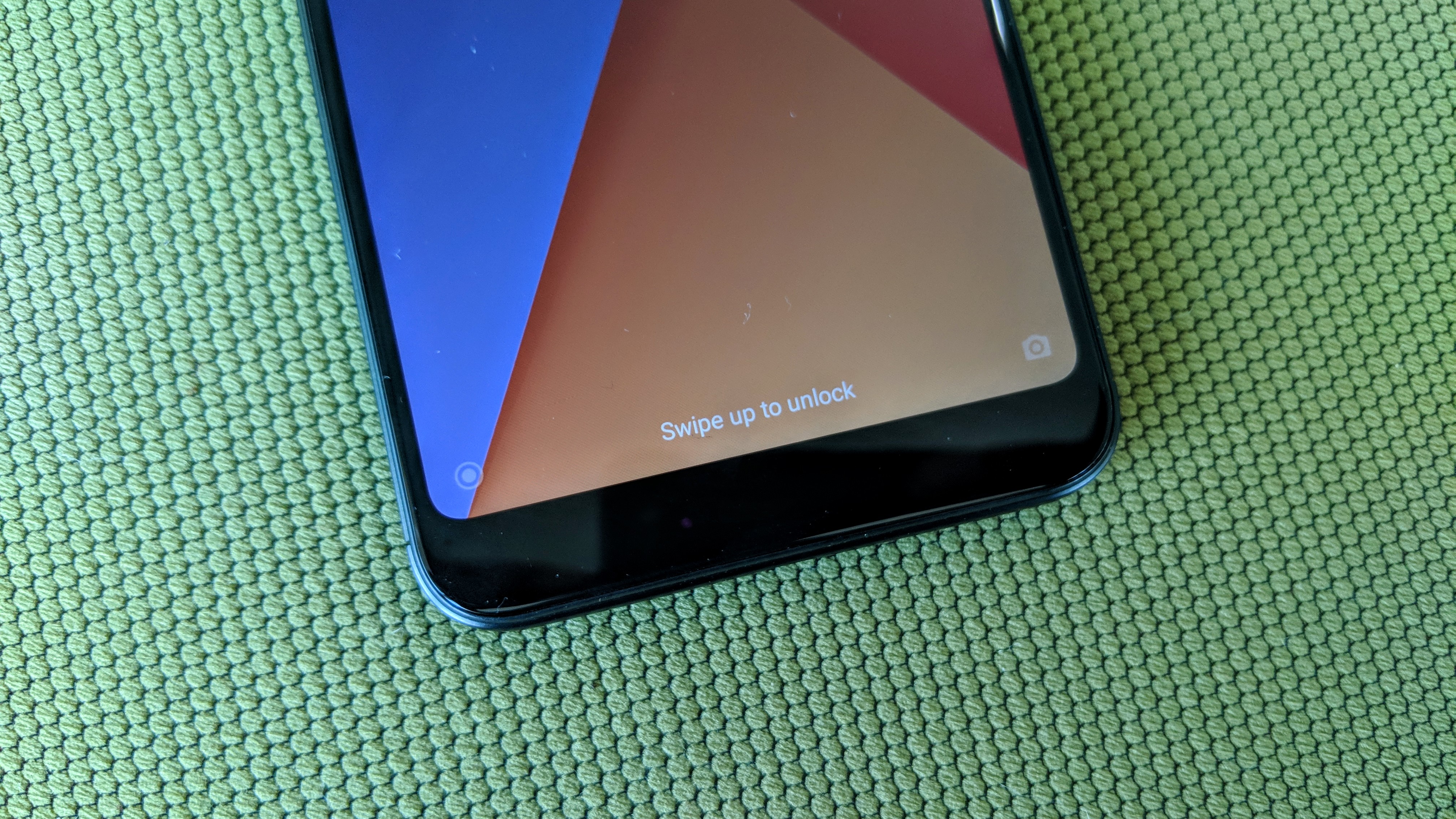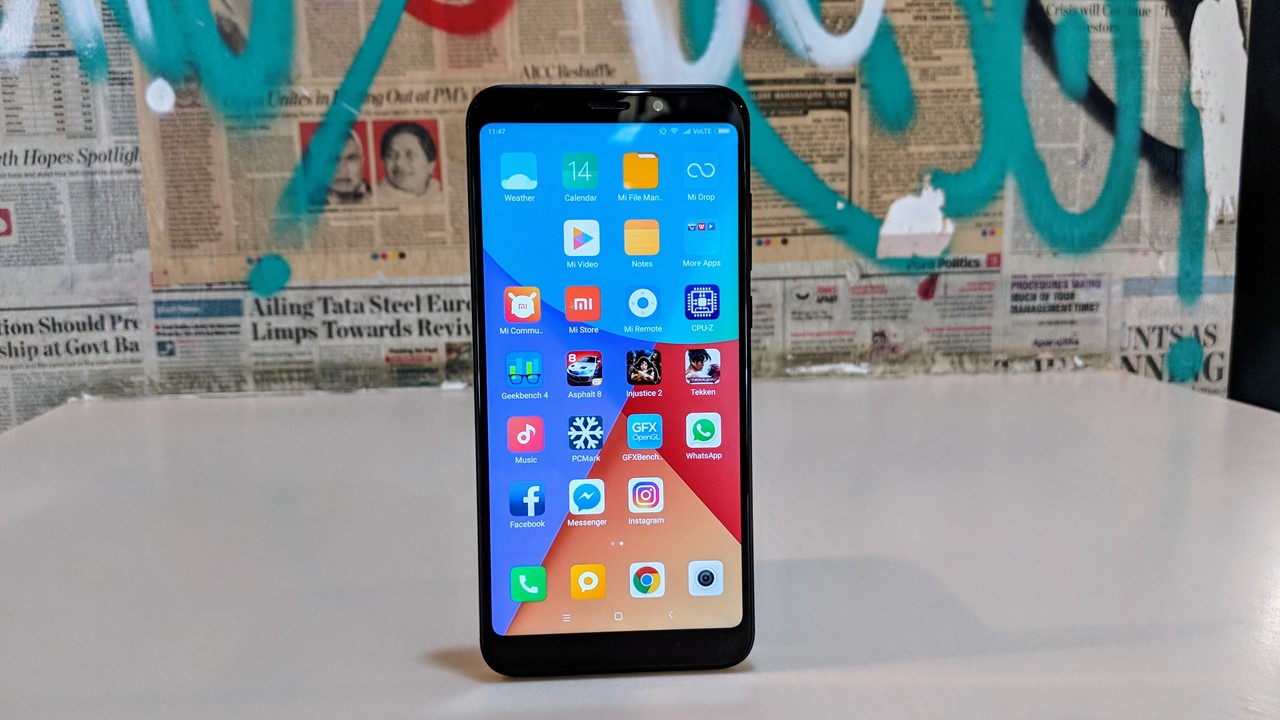TechRadar Verdict
There’s nothing wrong with the Note 5 except for the fact that it doesn’t look like an upgrade. It’s more like a tweaked version of the smartphone that made waves last year.
Pros
- +
Impressive 18:9 display
- +
Great battery life
- +
Camera creates good pictures
- +
Value for money
Cons
- -
No USB Type-C
- -
Dated design
Why you can trust TechRadar
2017 was a great year for Chinese electronics manufacturer Xiaomi. The company rose to fame with the Redmi Note 4 which went on to become the bestselling smartphone in India.
Xiaomi sold more than 9.6 million units of it. It was crazy. Redmi Note 4 became the go-to phone for anyone looking to purchase a smartphone under-Rs 13,000 and its popularity spiked in leaps and bounds.
Last year also saw various OEMs taking the plunge into providing dual cameras and 18:9 aspect ratio displays and companies like Honor went a step further to bring a quad core camera system.
With Redmi Note 5 now in India, Xiaomi aims to reiterate itself as the king of budget smartphones. But in all this competition, can it make do with an old wine in a new bottle? We find out.
Redmi Note 5 price and release date
Xiaomi's Redmi Note 5 was launched in India on 14 February. The phone is Flipkart exclusive and is available in two variants starting from Rs 9,999 for the 3GB/32GB variant and Rs 11,999 for the 4GB/64GB variant.
Design

When we first unboxed the phone and held it in our hands, it didn't feel any different from the Redmi Note 4. It isn't that much different from the older version - at least from the back.
The Note 5 has a slimmer and a lighter profile when we compare it with last year's Note 4. One can argue that there wasn't anything wrong with the design so they didn't upgrade it, but using the same design language again is a bit of a bummer considering it's being portrayed as an ‘upgrade’.
Sign up for breaking news, reviews, opinion, top tech deals, and more.
The rear panel of the phone is made out of aluminum while the top and bottom ends are plastic, accented by antenna bands. The phone is 8.1 mm thin and weighs just around 180 grams. The Note 5 has got some weight to it which makes it feel sturdy. The fingerprint sensor on the rear panel is fast, which is nice.
There's a camera protrusion which wasn't present in the earlier version but is something users will have to deal with on the Note 5.
The biggest difference, however, comes when you look at the front of the Redmi Note 5. Gone are the thick bezels and with them, the capacitive navigation buttons. As minimal bezel display becomes a norm for smartphones, letting go of dedicated navigation keys is an absolute must.
If it hadn't been for the front, differentiating Redmi Note 5 from the Note 4 would have been a difficult task. Regardless, the Note 5 feels solid and is well worth the asking price.




Display

The Redmi Note 5 comes equipped with a 5.99-inch, 18:9 aspect ratio display which has a FullHD+ resolution (2160x1080 pixels) and a pixel density of 403ppi. The display is one of the most predominant changes there is in this version. Xiaomi jumping the bandwagon on bringing 18:9 aspect ratio displays to the mid-range segment speaks volume about this recent shift in the smartphone market.
In our usage, we found the display to be bright and crisp with good viewing angles. It is a bit on the warmer side of things but that is very negligible and users won't face any problems.
Sunlight legibility is fairly good when it comes to readability. It's not the best, but for the price, it's more than justified.
Reproduction of images on the screen and colors are accurate but because of a slightly warmer tone in the display we noticed earlier, some colors looked washed out.
Overall, consuming content on the Note 5 - such as watching videos - shouldn't be a problem for a general user.



- Siddharth Chauhan is the Consumer Technology Reporter at Digit India. He used to work as an Assistant Editor at TechRadar India
